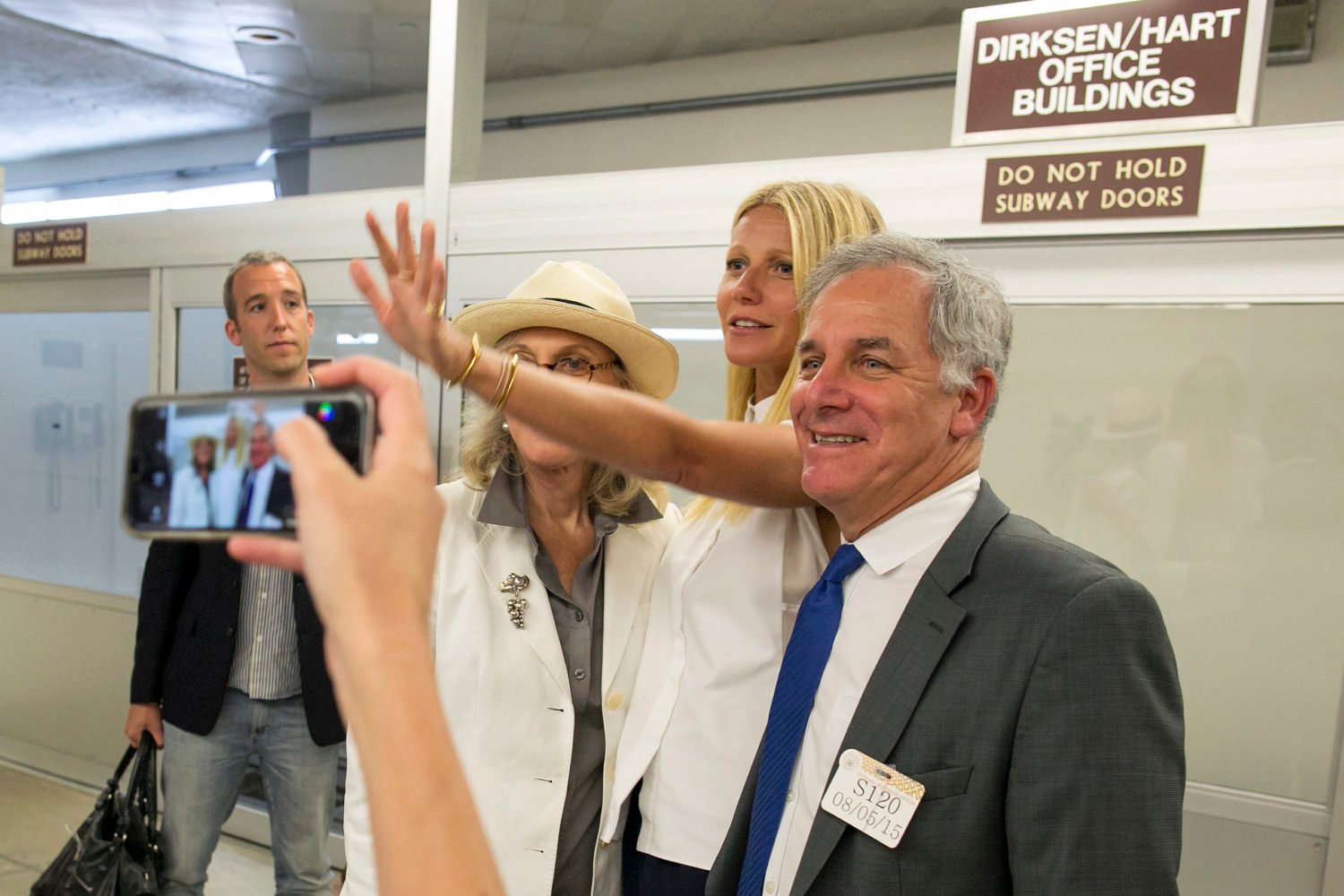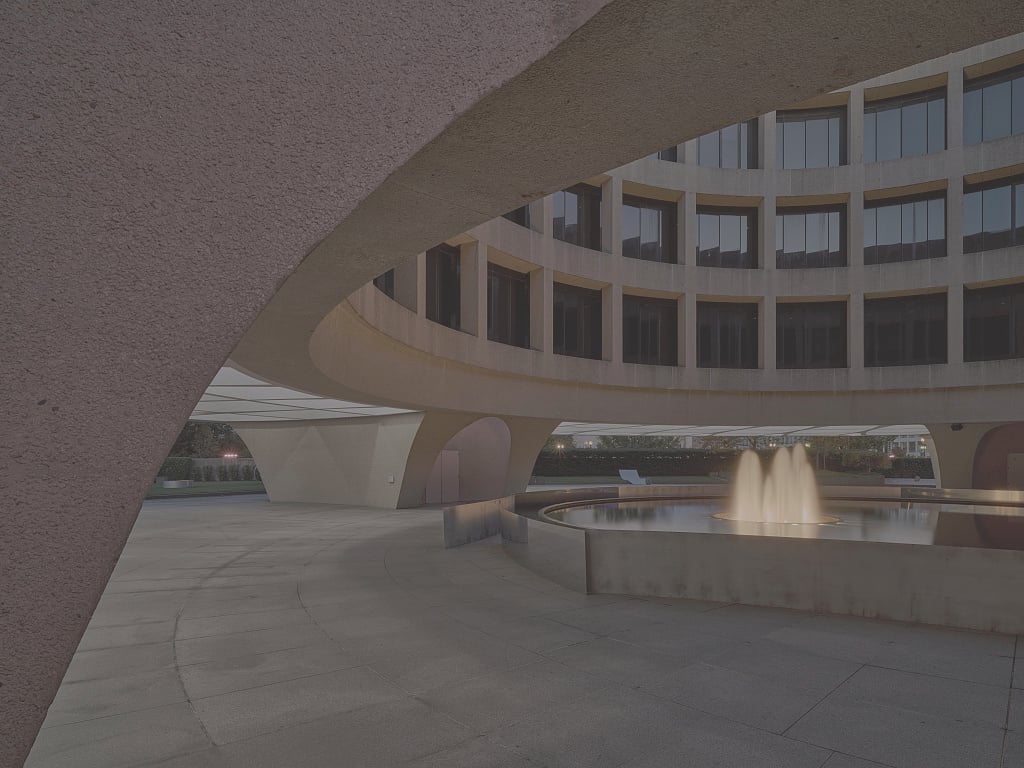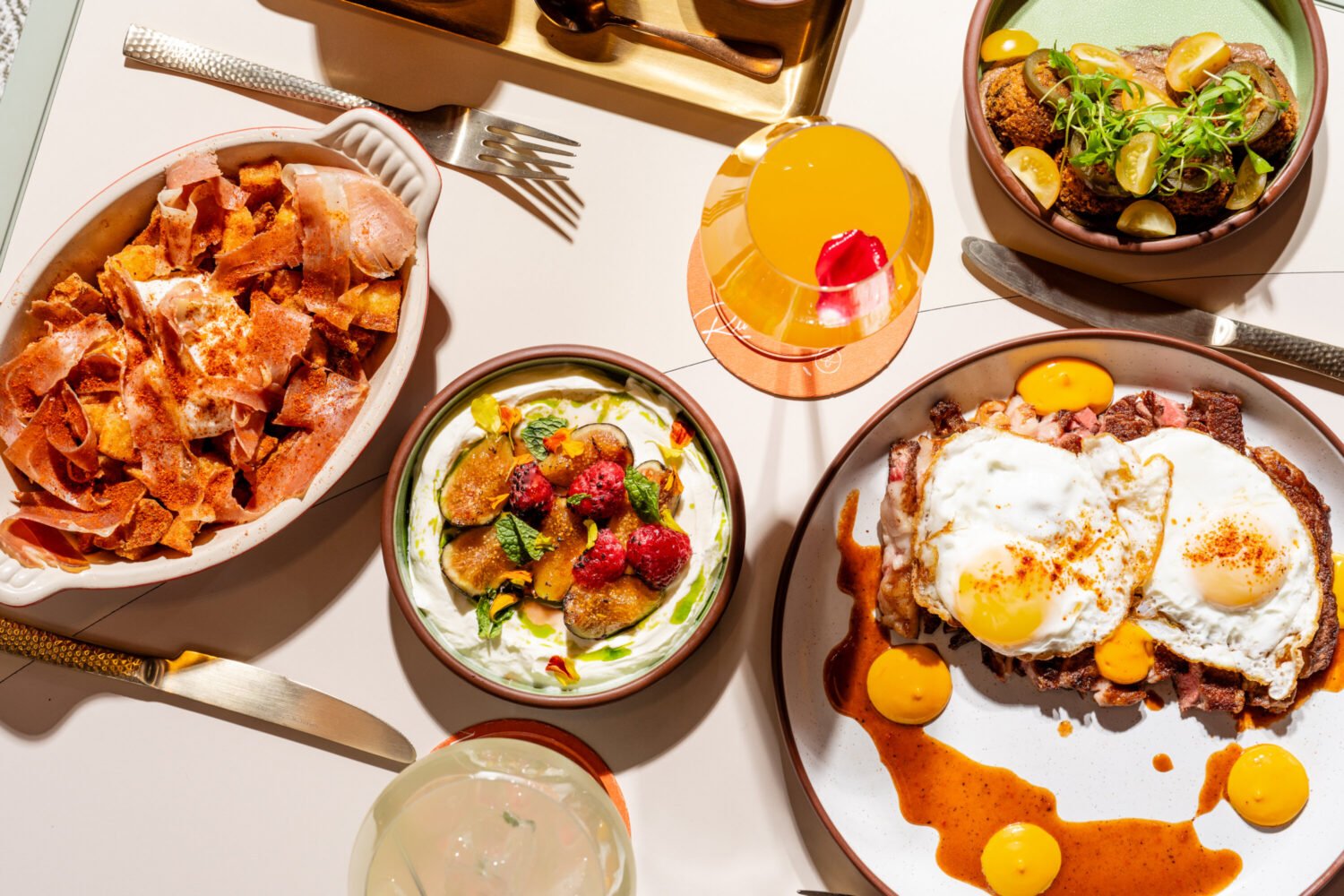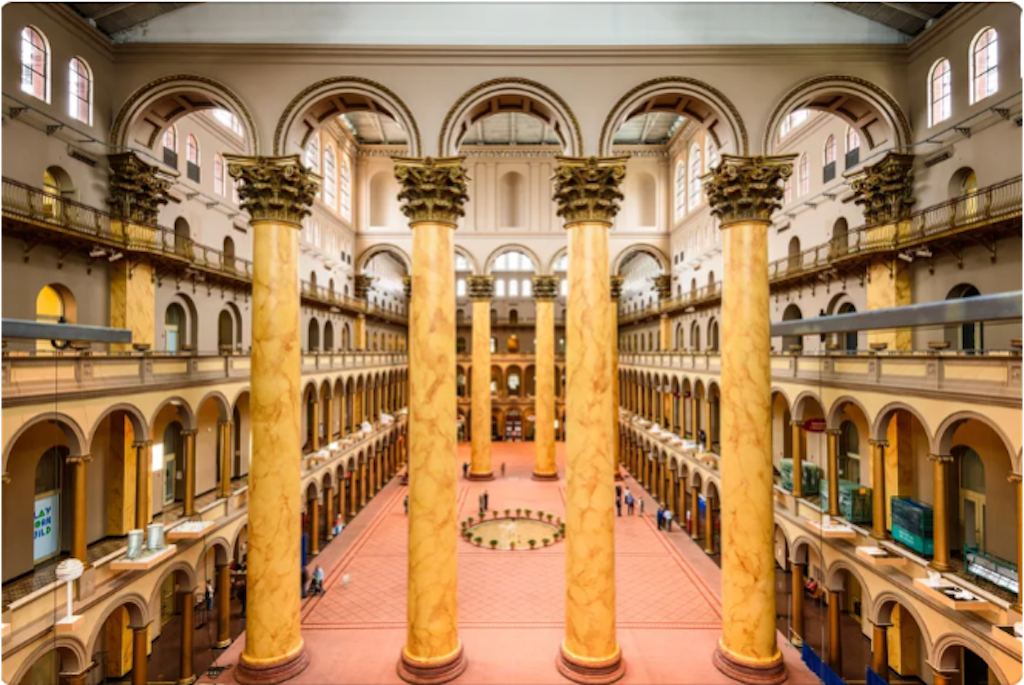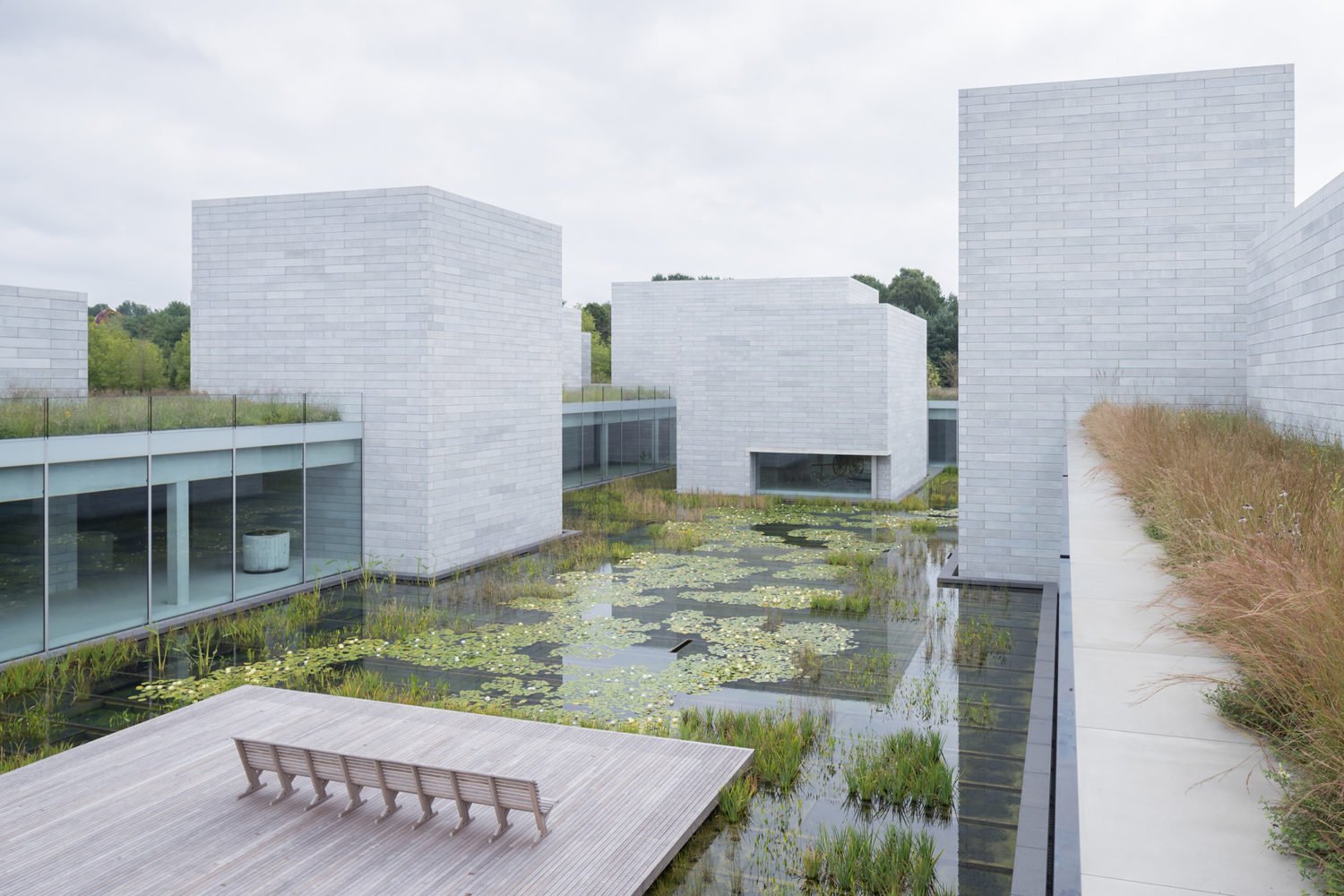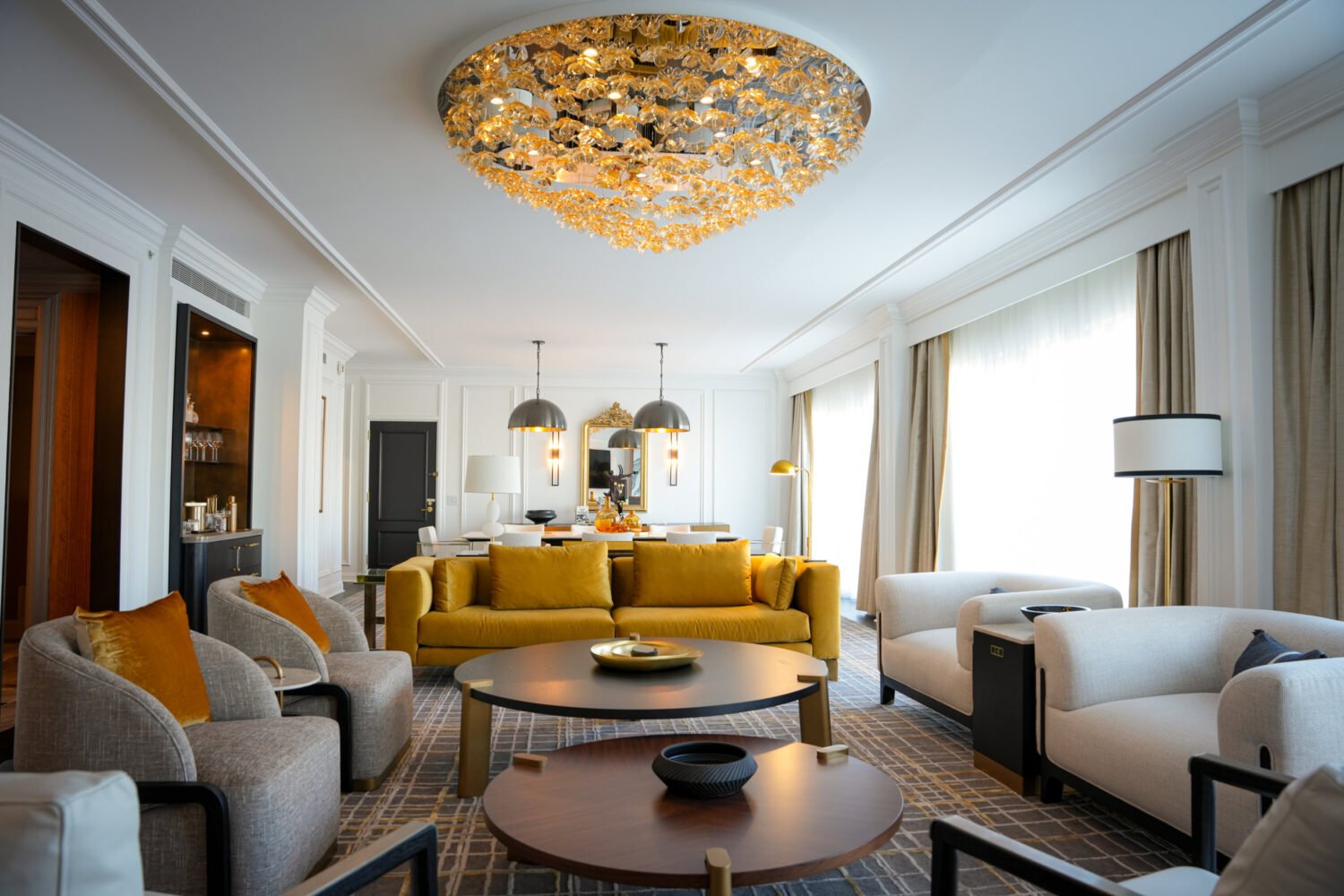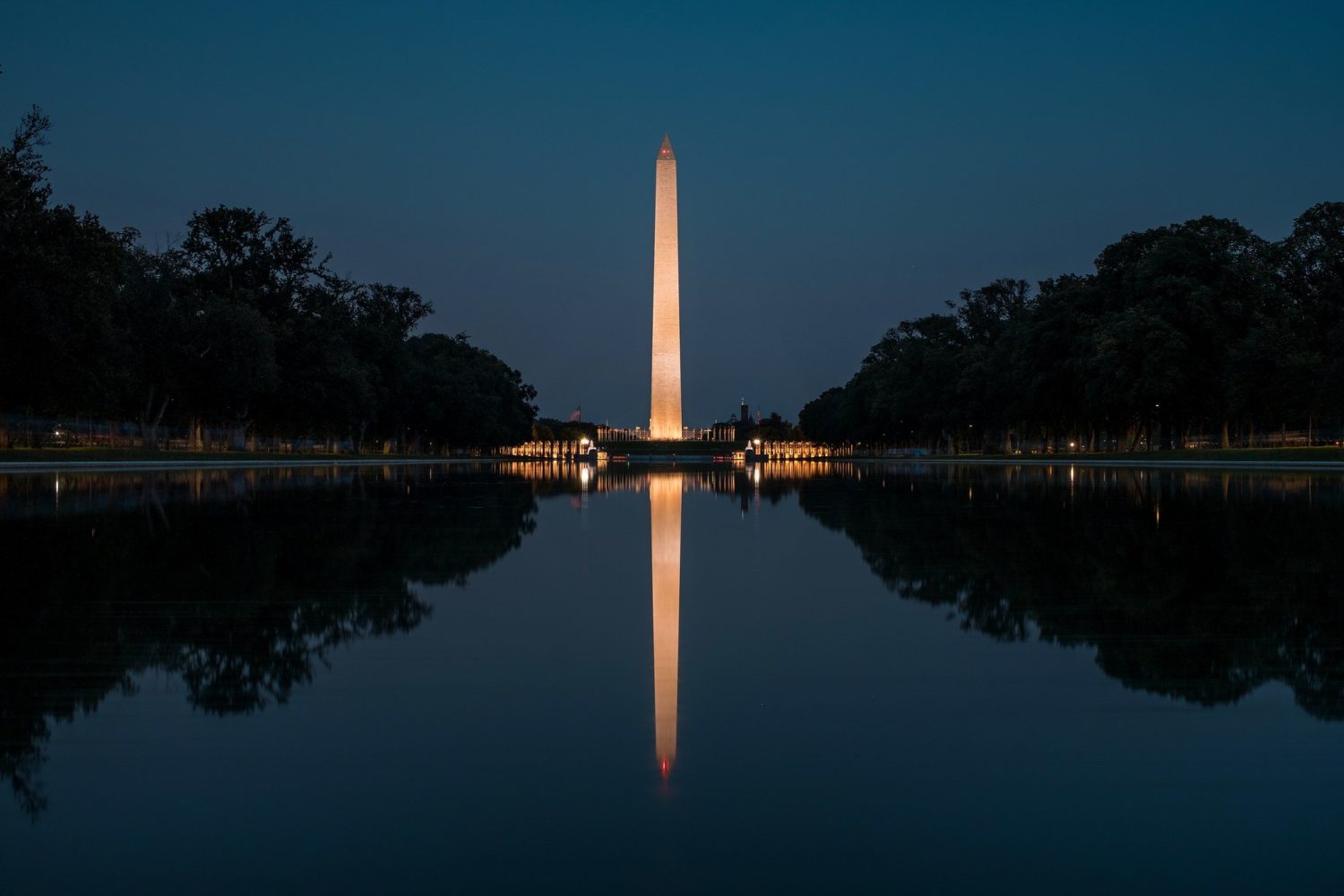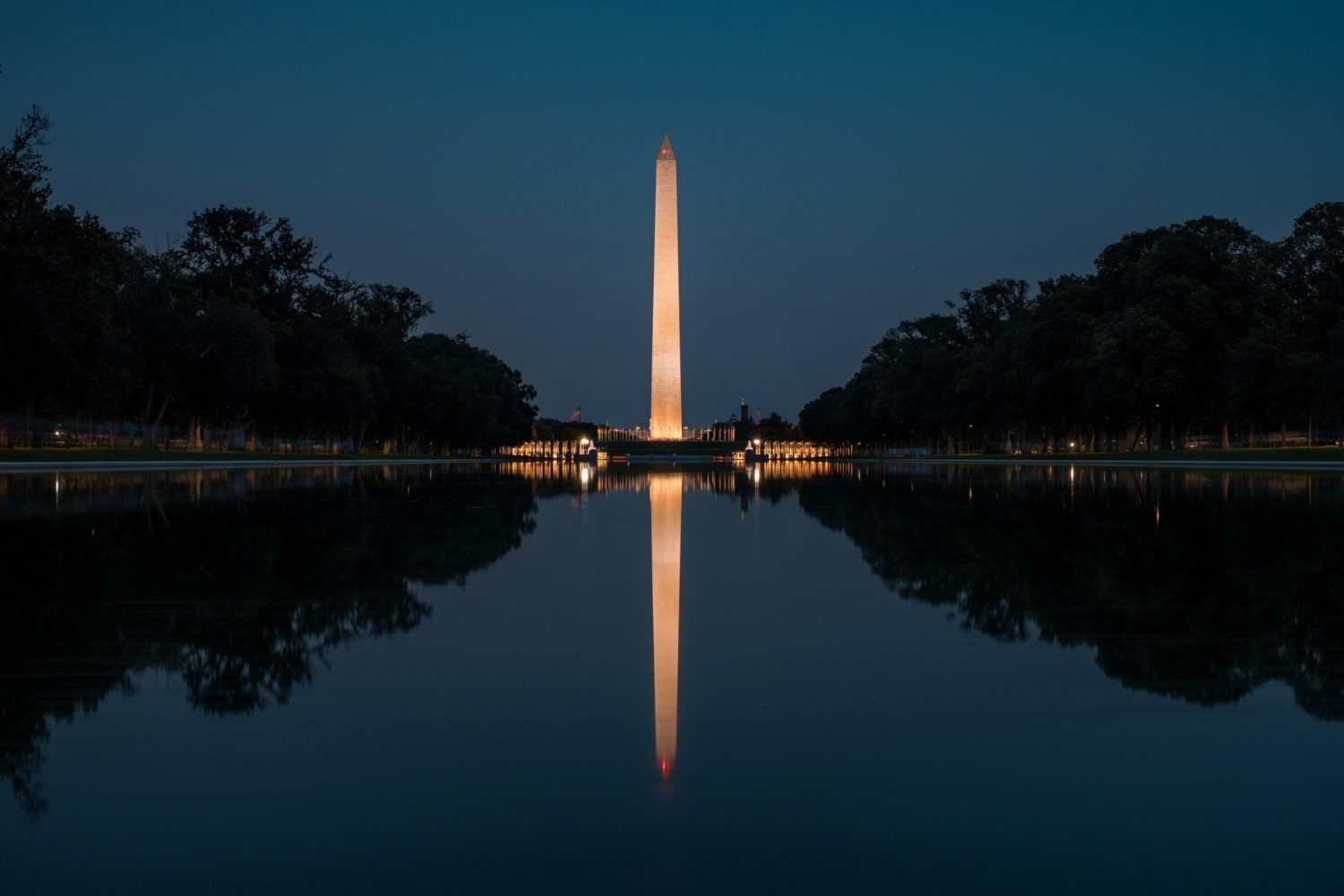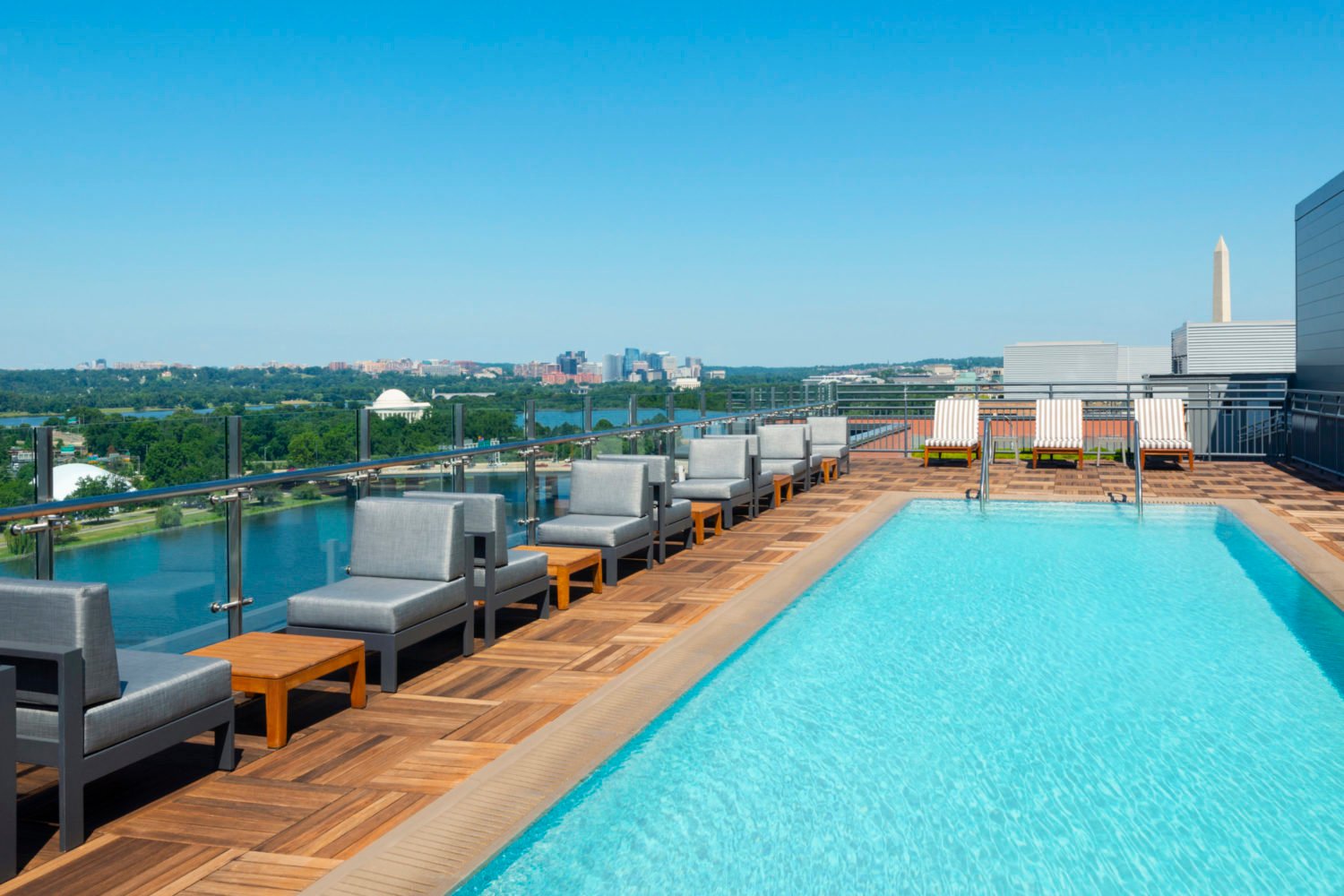Our Washingtonian Recommends lists bring you the best places to eat, drink, and be entertained—all selected by Washingtonian editors.
National Gallery of Art
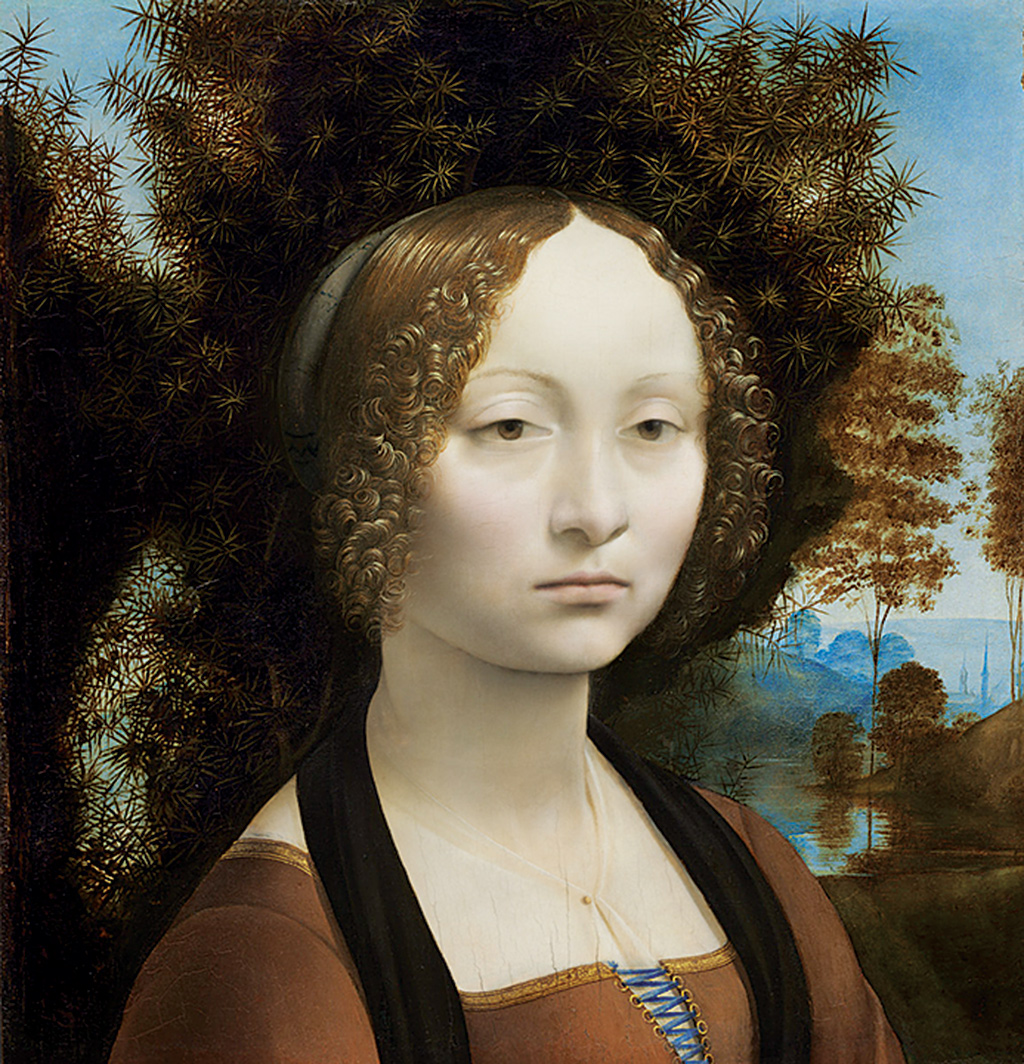
Of the 20 or so paintings by Leonardo da Vinci that remain in the world, “Ginevra de’ Benci” is the only one on view in the Americas. The haunting portrait of a 16-year-old, done when the artist was just six years older than his subject, also represents one of Leonardo’s earliest experiments with oil paint, then still a new medium.
National Museum of Natural History
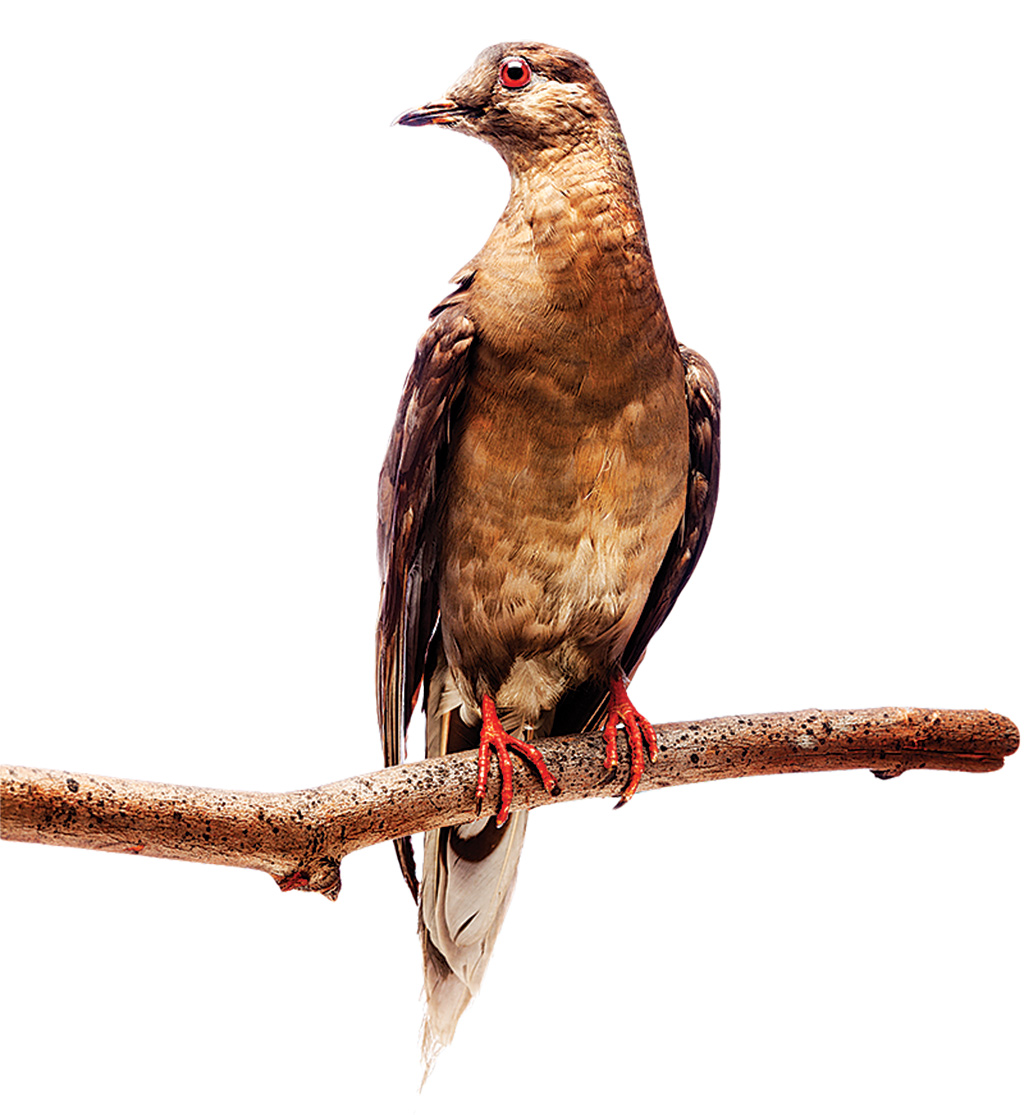
When the last known passenger pigeon died in 1914 at the Cincinnati Zoo, it was immediately packed in ice and put on a first-class flight to Washington, where it landed at the Smithsonian. The specimen, named Martha after George Washington’s wife, represents both a species driven to extinction by humans and the possibility of a second life—scientists are working to bring back the species using century-old DNA.
National Air and Space Museum
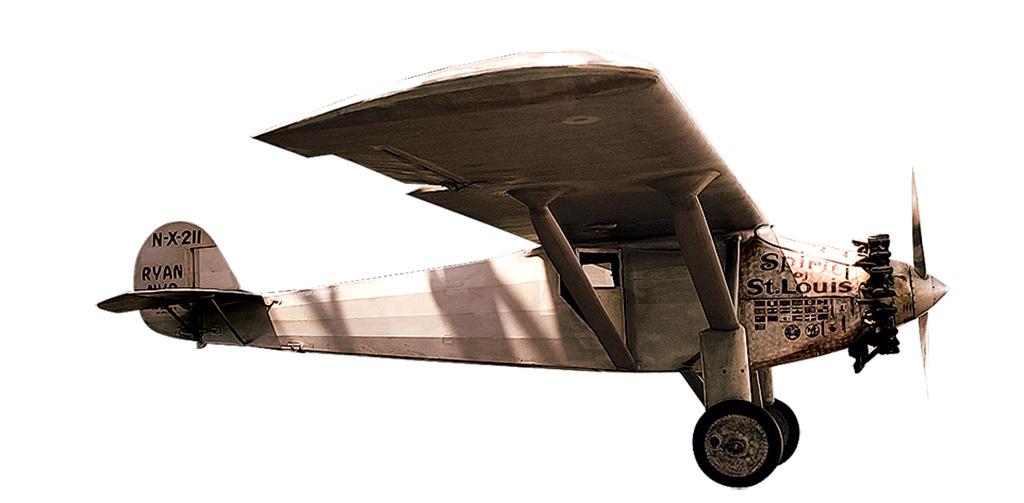
After 80 years of hanging in the Smithsonian, the Spirit of St. Louis has touched down. The famous plane in which Charles Lindbergh completed his barrier-breaking transatlantic solo flight will live on the floor of the Boeing Milestones of Flight Hall as the gallery’s exterior is renovated, giving a rare chance to examine up-close one of the most significant vehicles of flight in human history.
National Portrait Gallery
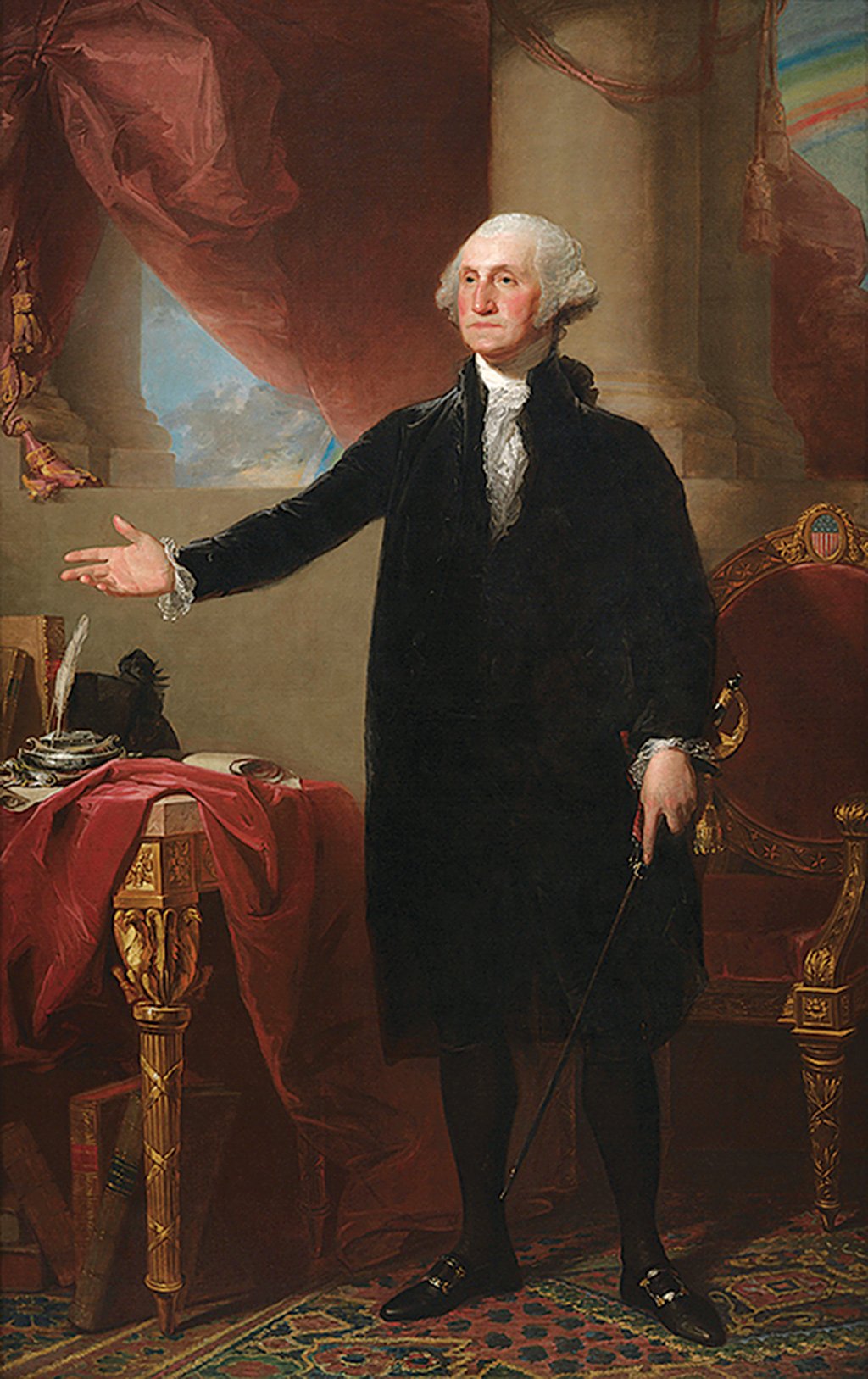
Although nearly identical versions of the famous “Lansdowne” portrait of George Washington hang in the White House, the House chamber, and the Capitol’s Rayburn Room, the Portrait Gallery’s painting is the original—confirmed in 2004 after years of controversy.
Arthur M. Sackler Gallery
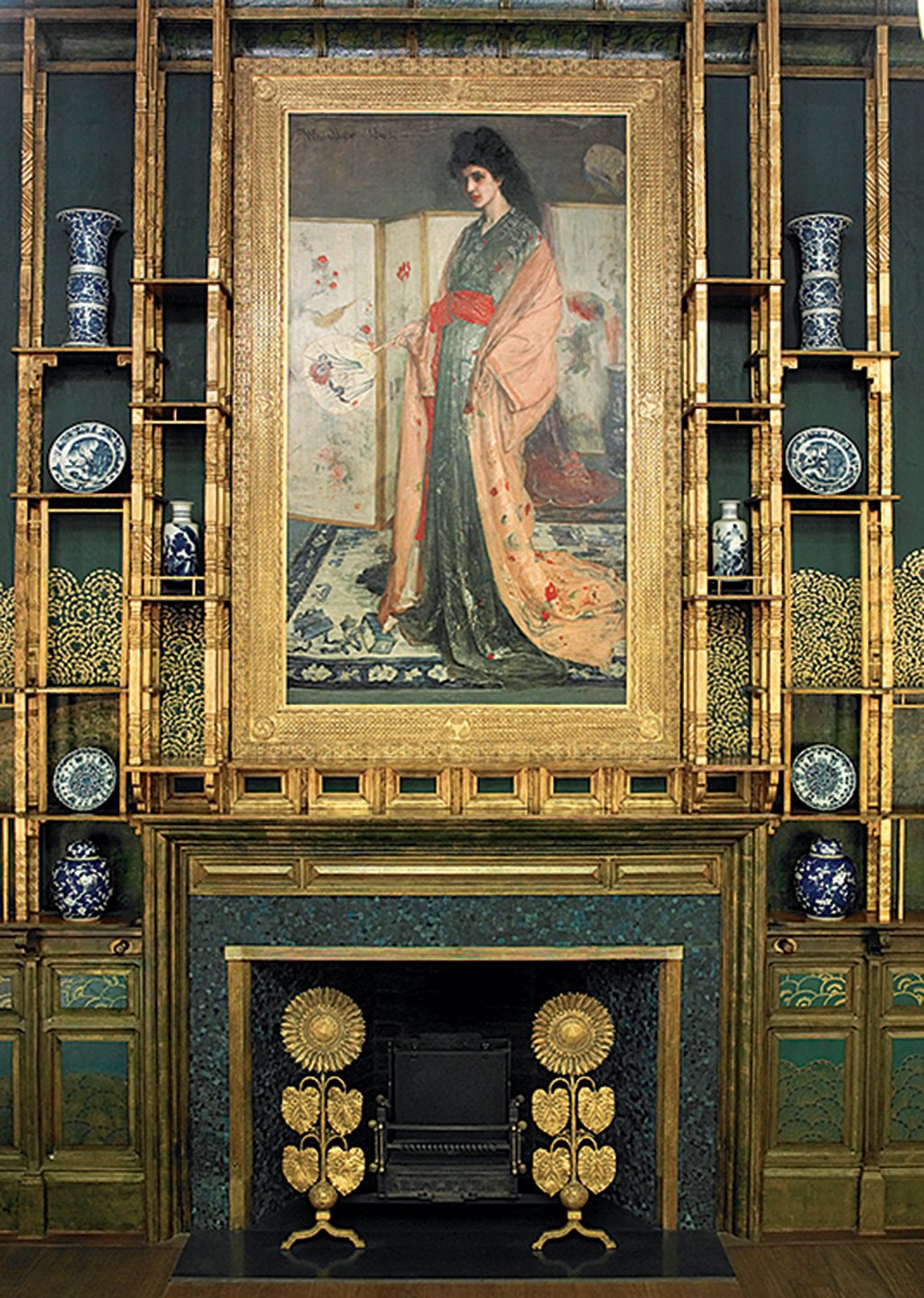
Ever gazed at an artwork and had the urge to destroy it? Darren Waterston’s installation “Peacock Room Remix: Filthy Lucre” deconstructs Whistler’s famed Peacock Room, leaving it with splintered shelves, surfaces dripping with paint, and debris on the floor.
Newseum
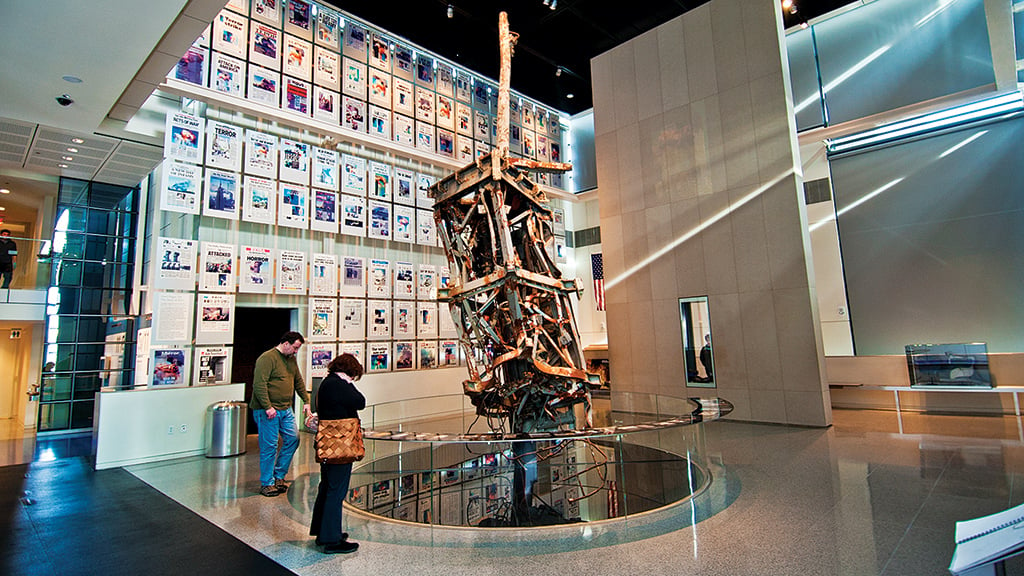
To grasp the importance of the Newseum’s mission, look no further than the 9/11 Gallery, which is dedicated to the news coverage of the most horrific day in recent American history and the people who risked all to bring it to the public. Especially wrenching are the photographs by Bill Biggart, the only journalist to die in the attacks. His shots of the collapsing towers and the aftermath, among the last he ever took, are as close as most of us will get to knowing what it was like to be there.
Hirshhorn Museum
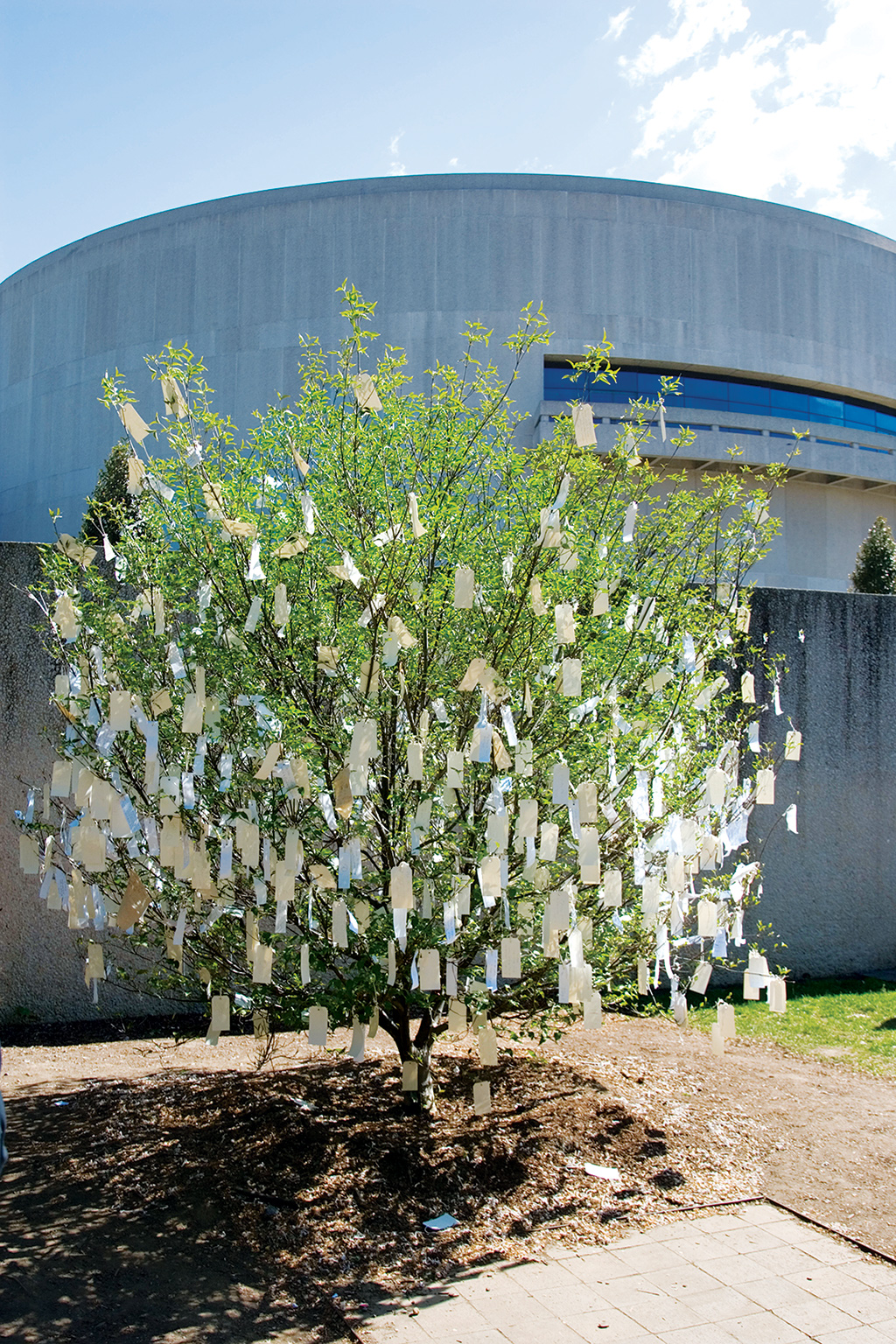
It’s not quite Jerusalem’s Western Wall, but the Wish Tree in the Hirshhorn’s sculpture garden is still plenty poignant. Donated by Yoko Ono in 2007, the Japanese flowering dogwood fills up in warmer months with scraps of paper containing penciled wishes from visitors. (When the leaves fall, it becomes a “whisper tree.”) Even for those long past believing in magic, it’s worth taking a minute to remember the power of possibility.
National Museum of African Art
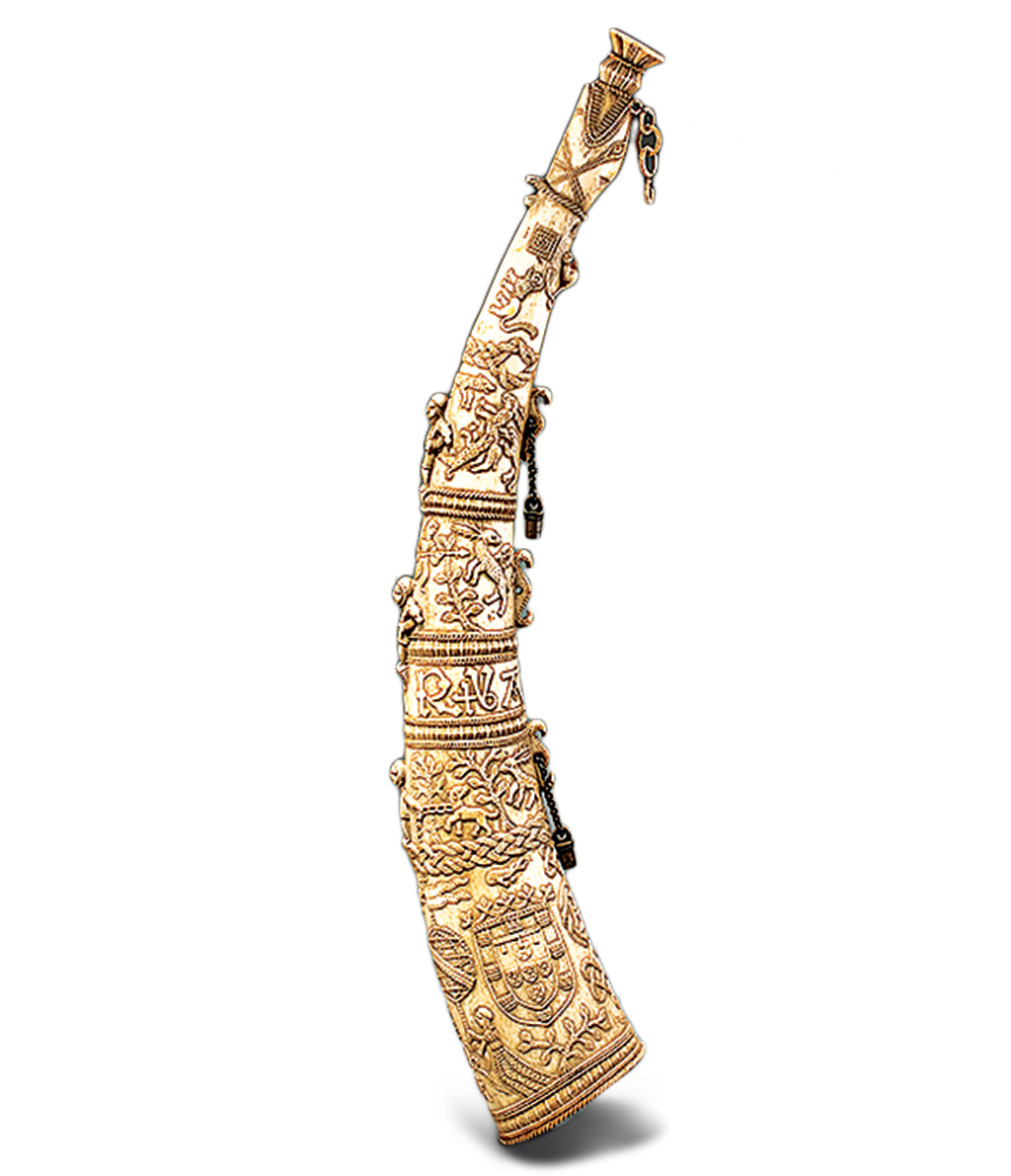
This elaborately carved ivory hunting horn dates back to 15th-century Sierra Leone, when Portugal’s Crown Prince Manuel I gave it to King Ferdinand V. It’s just one of many rare objects included in the Walt Disney–Tishman collection, 525 pieces gathered by real-estate developer Paul Tishman and his wife, Ruth, and once destined for Epcot. The Tishmans’ goal was to purchase works of art from major traditions in Africa, which you can now see all in one place–fortunately, sans the steep Disney ticket prices.
National Museum of American History
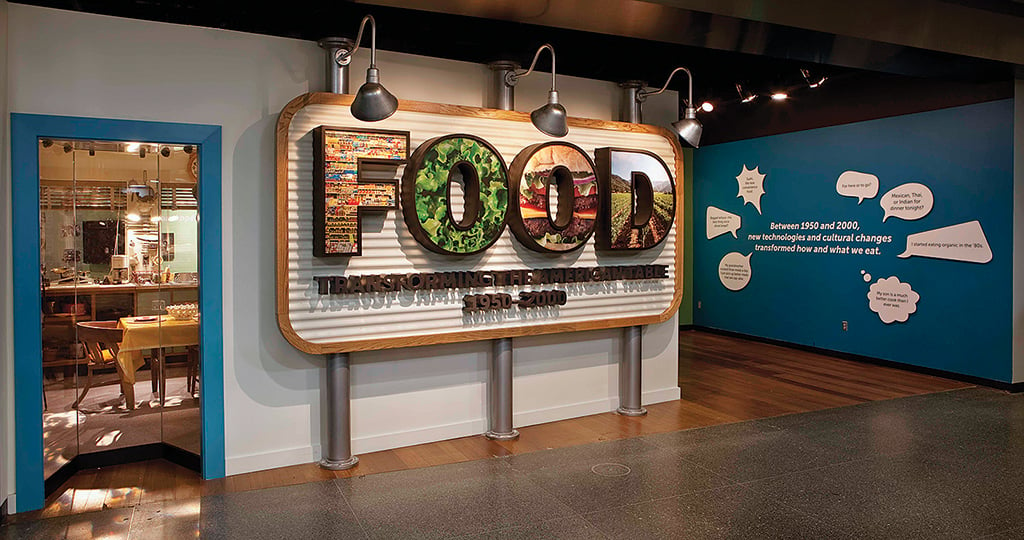
Avoid the crowd clustered around the Star-Spangled Banner and head to the exhibit “Food: Transforming the American Table 1950–2000,” which explores the forces that helped shape our current foodie culture. On display is a model of the first microwave oven for home use, created in 1955, when it sold for $1,295—the equivalent of more than $11,000 today. While at the exhibit, check out the section on the Berkeley, California, neighborhood known as the “gourmet ghetto,” the site of (among others) Alice Waters’s Chez Panisse, which sparked the farm-to-table movement that now informs seemingly every restaurant in Washington.
Smithsonian American Art Museum
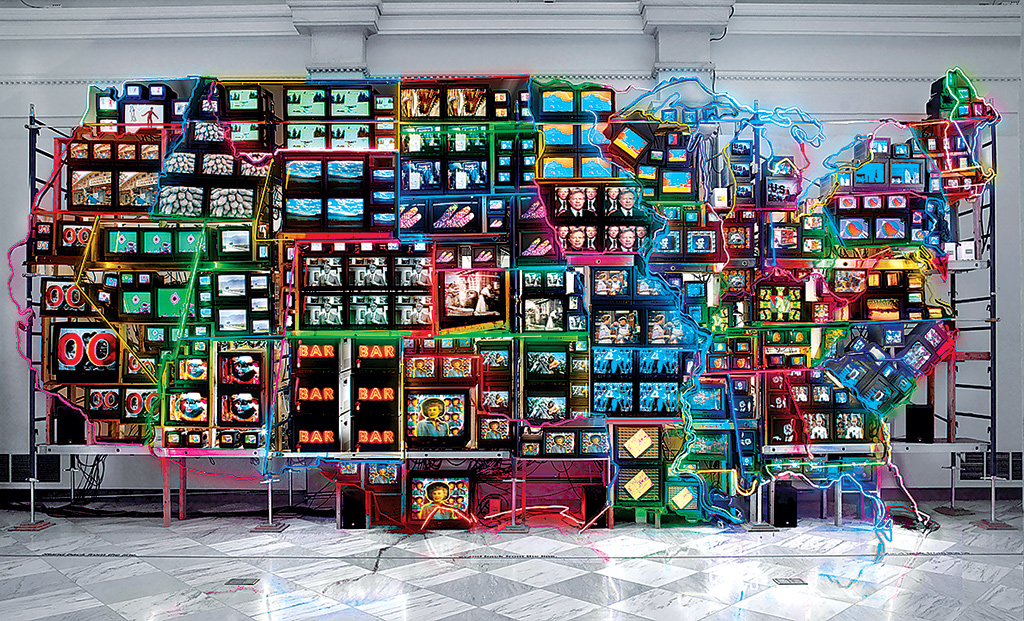
Though electronic communications can now instantaneously connect the farthest-flung corners of the United States, the physical distance is vast. South Korean artist Nam June Paik explores this contrast in “Electronic Superhighway: Continental US, Alaska, Hawaii,” a colorful, nation-shaped tangle of neon lights, video screens, and signs that illustrates the borders that once gave each state a distinct identity as well as the technology that has practically erased them.
This article appears in Washingtonian’s Welcome Guide.


